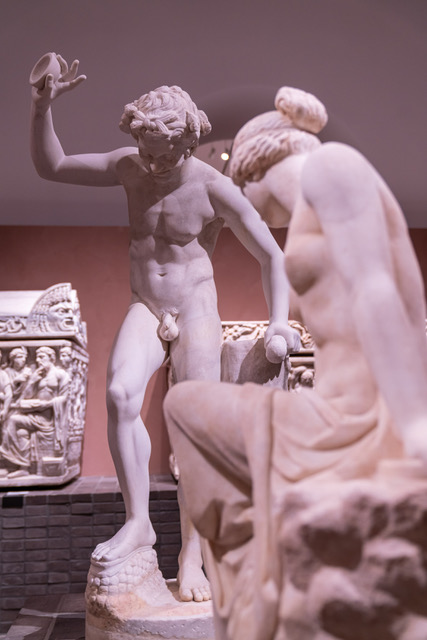MICHELA MORO.
author, television host, journalist ART MARKET – Il Giornale dell’Arte. MILAN.
arts and future.
The Covid tsunami that has left everyone stunned now obliges a forced, fluid and unsure coexistence with the pandemic. The art world is a system built on relationships, encounters and events that suffer from the situation but reacts by adapting to the protean reality.
The first victims were the art fairs. After being all canceled , they quickly changed tune adapting to the new reality, and operate now in an online-offline situation. Soon after Art Basel, Frieze London – taking place between 9 and 16 October – offers an articulated program of Online Viewing Room,s OVR, and live visits to the exhibitions in the city galleries and exemplifies the hybrid current situation of the art market.
The very fast digitization was the most obvious aspect of the change: if the demands of art, especially contemporary, are a window to the future, so far the business methods have not been. Suddenly – in a a reality excluding physical contacts, whispered prices and crowded rooms – technology has forcefully entered the daily life of galleries, auction houses and collectors. It has been an epochal and necessary change: art, under pressure even before the pandemic, has in fact entered a new era. Even the most reluctant collectors have been forced to dialogue with new systems, buying online with transparent prices; online sales went from 10% in 2019 to 37% in 2020.
Hauser and Wirth, one of the most important galleries in the world, shows at Frieze a HWVR reconstruction of its large stand with works that are actually for sale, exploring the nebulous boundary between real and virtual worlds.
Museums without visitors have increased their online offer a hundredfold, often reviewing itineraries and didactic, and are preparing for articulated futures. Interest in art has increased globally in domestic mode, but despite this, 2020 was a terrible year for galleries. The global turnover, calculated for 2019 at around sixty-four billion dollars, suffered a loss of around 36%, with great losses for medium-sized galleries and enormous difficulties for small ones, many of which will not survive.
This strengthens established artists and leaves fewer opportunities for the exposure of young artists in whom collectors are less likely to invest. In the absence of exhibitions in galleries and fairs, Instagram and other social media, where many have published their works and found collectors, especially among millennial collectors for whom surfing the web is routine, have helped the visibility of younger artists.
Thanks to online auctions, battleships like Sotheby’s, Christie’s and Phillips have managed to keep the bar straight. Auction sales felt49% in the first half of the year, yet Christie’s, Sotheby’s and Phillips’ online-only auction sales increased more than five fold from 2019, to $ 370 million, with curious inclusions such as Stan, the Tyrannosaurus Rex skeleton, sold by Christie’s for $ 31.8 million in the Impressionist and Modern Art “20th Century” auction that fetched $ 340,851,500.
The spectacularization together with the possibility to remotely attend this kind of auctions haveclearly found a global audience, even if the personal contact is lacking for anyone. As a famous gallerist told me ”if it were up to me I would still go and deliver the paintings in person, taking them in the car”.
In this roller coaster we forget the primary function of art: to nourish the spirit.
On October 14, 2020 the long-awaited exhibition “The Torlonia Marbles. Collecting Masterpieces” will be open to the public at Musei Capitolini in Rome. Ninety-two Greek and Roman works have been selected from the marbles belonging to the most prestigious private collection of ancient sculptures in the world.
A unique opportunity to remember how handing down art of every era is not just a pleasure for sophisticated collectors but a necessity for the knowledge of generations, even today looking to the future, whatever it may be.

